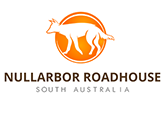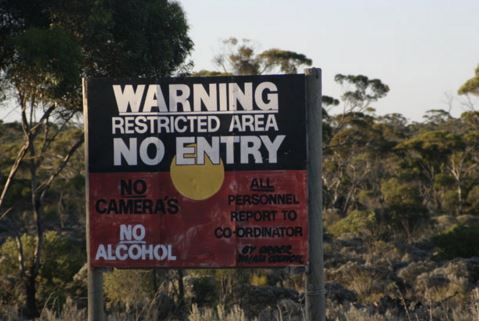Many of the travellers we’ve met always express that they’re thrilled to see Australia’s preserved sites. The beauty of the outback does entice a lot of people to visit these areas, but sometimes they unaware of the rules and customs that Indigenous Australians practice at their sacred sights.
When crossing the Nullarbor, you’ll surely find yourself mesmerised by the skills and strength of Aboriginal people who upheld sacred sites many of which are heritage lusted. Here are some things you should keep in mind when immersing in Aboriginal culture:
Visiting Indigenous Land and Communities
Some indigenous communities or lands require permits to access such as the Yalata Aboriginal land, so may you need to organise permits with land or community councils days before your actual visit. When you’re witnessing a cultural ceremony or funeral, remember that the name of the deceased should not be mentioned or referred to where those in mourning can hear or read.
Take note that there might be areas that are closed to visitors because of their cultural significance. It’s best to ask the locals for information on where these restricted areas are, since it could be culturally inappropriate to swim or fish in wetland areas. You should also refrain from bringing or drinking alcohol with you when visiting Aboriginal areas.
Interacting with Indigenous People

English may be a second or third language for some Indigenous Australians, so be mindful. When you’re in an Indigenous community, let the locals set the pace. They have a so many amazing stories to share and traditions that they have been practicing for thousands of years. It’s our job to follow and observe not lead.
Taking Pictures
Spending time with Indigenous people and exploring their land are picture-perfect moments, but there are things you need to be careful of before snapping a photo, since photography and filming some places and objects may be restricted for cultural reasons, and you must respect this request from the Aboriginal owners.
It’s basic courtesy to always ask before filming or taking photos of a person, a group of people or cultural ceremonies. When it comes to caves and rock art sites, don’t rush ahead and clamber over the rocks for a photo opportunity.
Reproductions and photographs of deceased Indigenous people are absolutely prohibited. This is to protect specific Aboriginal knowledge that may not be open to everyone. If you plan to use your photographs in a publication or for other commercial purposes, you’ll have to ask for copyright permission and consent from the people shown in the picture.
When travelling to these areas, never forget that respect is at the heart of interacting with Aboriginal people and their land. Exposing yourself to a different culture and community does widen your perspective and knowledge, and it helps to be polite and open-minded to enjoy your immersing experience.

Need more travel tips when driving along Eyre Highway? Contact us at the Nullarbor Roadhouse and we’ll give you essential information!
References:
- “Crossing the Nullarbor: Aboriginal Territory.” Frazao.org, n.d. Web. 29 October 2015.
- “Chambers Gorge Aboriginal Engraving Site.” Ilia Torlin Travel Photography, n.d. Web. 29 October 2015.
- “Tourism Protocols – Aboriginal Culture.” Tourism Australia, n.d. Web. 29 October 2015.
- “Travel Tips and Articles – NT.” Lonelyplanet.com, n.d. Web. 29 October 2015.

